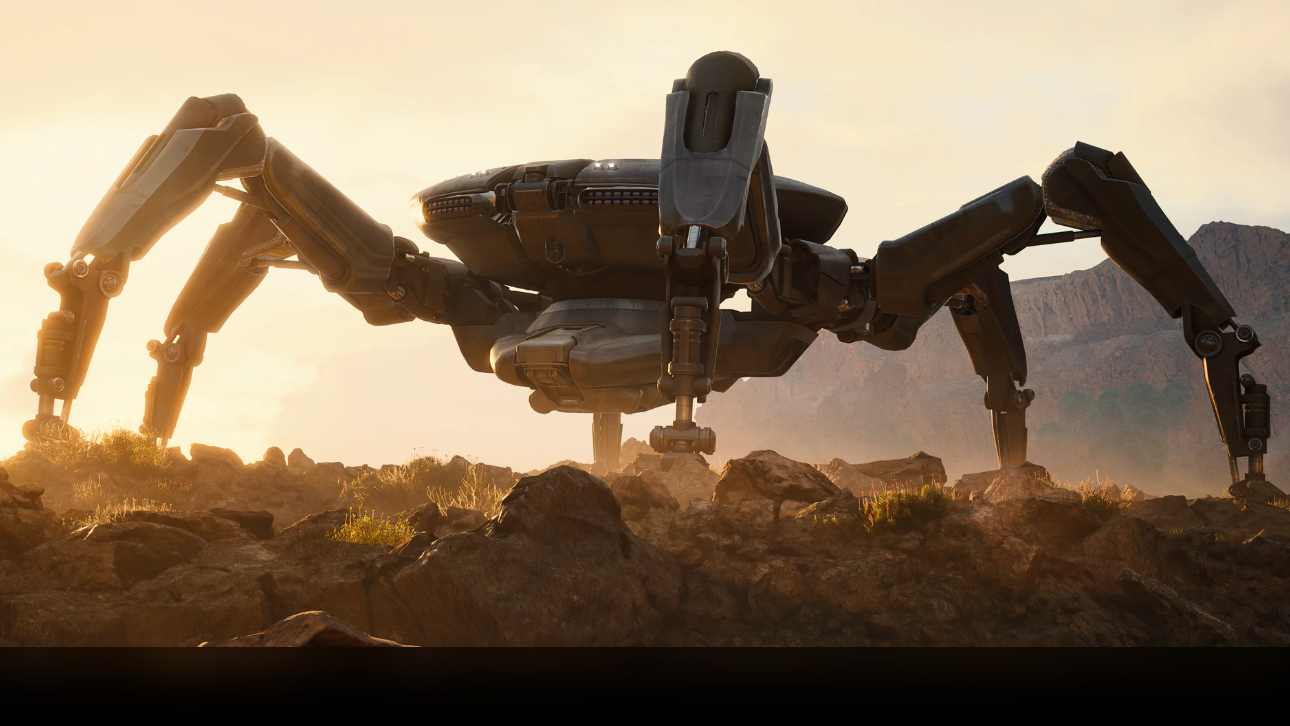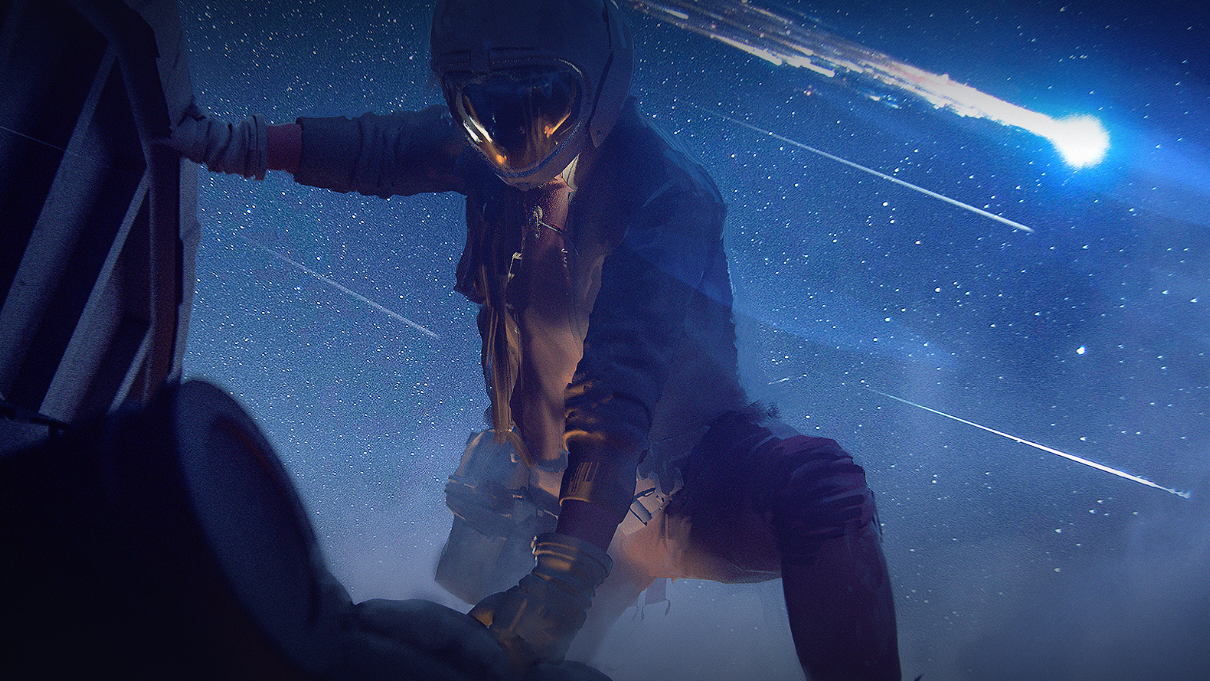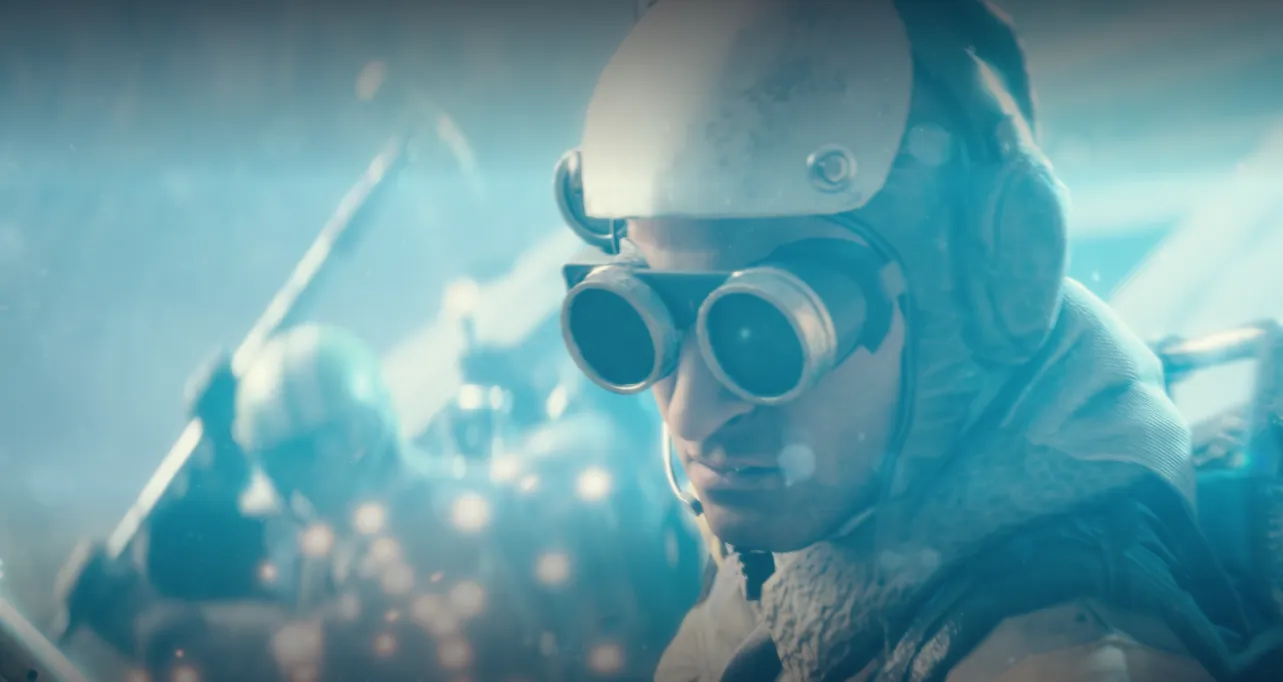Arc Raiders is a modern Unreal Engine 5 extraction shooter with kernel-level Easy Anti-Cheat and always-online requirements. On paper, that combination should be hostile to a handheld Linux PC like the Steam Deck. In practice, the game now runs, has a Steam Deck Verified badge, and can sit between “surprisingly good” and “barely acceptable” depending on how you configure it and how tolerant you are of crashes and battery drain.
Arc Raiders compatibility on Steam Deck
| Aspect | Status on Steam Deck |
|---|---|
| Store listing | Available on Steam for PC with Easy Anti-Cheat and a third‑party EULA on the official ARC Raiders page. |
| Anti‑cheat | Uses Easy Anti-Cheat with kernel-level components on Windows; the developers have enabled support so it runs under SteamOS/Proton. |
| Steam Deck rating | Marked as Steam Deck Verified. |
| Proton requirement | Runs with Proton 10 and Proton Experimental; earlier Proton versions had boot and crash issues. |
| Input | Designed for controller; mouse and keyboard on Deck are unstable and stuttery. |
| Online requirement | Needs a constant internet connection to launch and play. |
The key point: yes, you can play Arc Raiders on Steam Deck. Its anti‑cheat is wired up for Linux, matchmaking works, and the game’s own default settings target the Deck’s 1280×800 resolution and low graphics preset. It is not in the same category as games that simply refuse to start because anti‑cheat is disabled.
That does not mean the experience is flawless. Stability, performance swings, and battery life are all real constraints you have to plan around.
Performance: frame rate, stutter, and battery drain
| Scenario | Typical frame rate | Notes |
|---|---|---|
| Default Low preset, 1280×800, TAAU/TSR | ~40–50fps, drops into 30s in heavy fights | Traversal stutter is common; CPU can spike in dense areas. |
| All Low, aggressive upscaling | High 40s to low 50s most of the time | Sharper response, but image quality is rough. |
| Lossless scaling / frame generation tools | Can show 50–60fps | Added input lag and visible artifacts; better avoided for a competitive shooter. |
| Battery life (LCD Deck) | ~1–1.5 hours per charge | High power draw for a handheld game; expect fast drain. |
On a first‑generation LCD Deck, Arc Raiders usually lands around 40–50fps at its default low preset. Fights with multiple players and machines on screen regularly push the frame rate into the mid‑30s. Traversal hitching—small stutters as you move through the world—is noticeable but short‑lived.
There is enough headroom to tweak settings toward either speed or fidelity. You can bias everything toward low and let AMD’s FSR or the game’s temporal upscalers do the work, which keeps frame rates higher but softens the image. Or you can put that budget into better shadows, textures, and view distance, and accept hovering near 40fps instead of closer to 50.
The trade‑off that never really goes away is battery life. Arc Raiders drains the original Deck from full to empty in around an hour and change if you run uncapped or close to it. That is aggressive even by modern AAA standards. The game also demands a stable online connection to even reach the menus, so you are usually tethered to Wi‑Fi and, realistically, a charger.

Recommended in‑game settings for Steam Deck
Several different tuning approaches work on Deck. The pattern that holds up best uses upscaling to free GPU time, then spends that time on a few high‑impact visual settings instead of leaving everything on Low.
| Graphics option | Recommended value | Why it helps on Steam Deck |
|---|---|---|
| Resolution | 1280×800 (native) | Matches the Deck’s display; avoids extra scaling steps. |
| Resolution scaling method | AMD FSR 3 or TSR/TAAU | Offloads some rendering cost while keeping the UI sharp. |
| FSR 3 quality | Balanced | Moderate performance bump with acceptable softness. |
| Motion blur | Disabled | Improves clarity and responsiveness. |
| Nvidia RTX Global Illumination | Static | Avoids ray‑traced lighting overhead; baked lighting is cheaper. |
| View distance | Medium (High if you can tolerate drops) | Makes it easier to spot threats and reduces obvious pop‑in. |
| Anti‑Aliasing | Medium | Balances jaggies against blur. |
| Shadows | Medium | Restores basic shadows without a huge GPU hit. |
| Post‑processing | Low or Medium | Keeping this low reduces extra effects that add little on the small screen. |
| Textures | Medium | Material detail without maxing system memory; reduces severe texture pop‑in. |
| Effects | Low | Cuts the cost of explosions and alpha effects that tend to tank frame rates. |
| Reflections | Medium | Helps the world look less flat with moderate GPU cost. |
| Foliage | Medium | Prevents landscapes from looking barren while staying manageable. |
| Global illumination resolution | Low | Keeps lighting complexity in check on the handheld APU. |
This “prettier but still upscaled” configuration tends to land back in the same 40–50fps band as the all‑Low preset, while making the world noticeably less muddy. In quieter areas, it can creep upward toward the low‑50s. In storms of enemy fire or busy PvP zones, you still see dips into the 30s, but not sustained collapses into the 20s.
For players who prefer responsiveness over detail, dropping view distance and shadows back to Low and leaning harder on upscaling will claw back several extra frames. The cost is more obvious pop‑in, missing shadows, and an overall flatter scene—acceptable if you are focusing on surviving firefights rather than sightseeing.
SteamOS settings and Proton choice
On Steam Deck, Proton is the compatibility layer between SteamOS and Windows‑only games. Arc Raiders’ current behavior on Deck has been strongly tied to the Proton version.
| Component | Recommended setup | Notes |
|---|---|---|
| Compatibility tool | Proton 10 or Proton Experimental | Earlier Proton builds struggled to launch; Experimental has been a common workaround. |
| FPS cap | Uncapped in SteamOS, optional 40Hz screen with in‑game V‑Sync | External 30fps caps tend to worsen frame‑time consistency. |
| Controller vs mouse/keyboard | Use controller layout exclusively | Mouse/keyboard input mapping on Deck causes heavy stutter and instability. |
Within Steam, forcing Proton Experimental via the game’s Compatibility tab has been a reliable way to get past early crashes on startup. With Proton 10, the game now boots more predictably and is a core reason it meets Valve’s Verified requirements.
Frame‑rate limiting is less straightforward. Capping Arc Raiders to 30fps purely from the SteamOS performance overlay often produces uneven frame delivery and extra input latency. Leaving the global cap off, and instead experimenting with a 40Hz screen mode plus in‑game V‑Sync, can smooth frame times without adding as much lag. That setup is not mandatory but is worth trying if you are sensitive to judder.
One consistent rule: treat the Deck as a console for this game. Stick to the built‑in controller layout and avoid mixing in a physical mouse or keyboard. The game’s input detection logic on Deck leans toward controller and behaves poorly when mouse input appears; that combination has been linked with crashes and intense stutter.
Launch problems, black screens, and driver prompts
Arc Raiders has a reputation for awkward launches on Deck, even now that it is Verified. The problem is rarely a total incompatibility and more often the first few seconds of boot.
| Symptom | Likely cause | Workaround |
|---|---|---|
| Crashes back to Steam immediately on startup | Using an older Proton version or unstable tweaks | Force Proton 10 or Proton Experimental in Properties → Compatibility. |
| Black screen with prompt to abort launch | Slow initialization plus server connection and anti‑cheat startup | Wait a couple of minutes; if it does not progress, quit and retry. Avoid peak hours for more reliable starts. |
| Popup asking to update AMD driver version | Windows‑centric driver check misfiring under SteamOS | Select “No” to continue. Choosing “Yes” has no valid path on Deck. |
| Crash after selecting “No” on driver prompt with controller | UI handling bug when dismissing the dialog | Tap “No” using the touchscreen instead of the controller buttons. |
Two details matter more than they should:
- When the AMD driver update dialog appears, always decline it. There is no compatible driver installer for SteamOS, and the warning is meant for Windows users.
- On Deck specifically, use the touchscreen to press “No” on that dialog. Selecting it with the controller has been a repeatable way to trigger a crash for some players.
Even with the correct Proton version and the driver prompt handled, the game can stall on a black screen while the servers and anti‑cheat handshake. Waiting out a minute or two often leads to a successful load into the title screen. If it continues to bounce you back to Steam, the only real option at the moment is to relaunch until the connection and initialization line up. Trying outside peak hours tends to make the startup more consistent.
Once you are in a match, Arc Raiders is less likely to crash than during the boot sequence, but Deck users still see occasional quits to SteamOS—often when adjusting graphics settings mid‑session or after running aggressive config tweaks. Keeping tweaks light and making changes from the main menu rather than in the middle of an expedition helps reduce those incidents.
Engine.ini tweaks and third‑party tools
There are Unreal Engine configuration tweaks circulating, usually packaged as modified Engine.ini files. On desktop PCs, these can shave off some overhead or change streaming behavior in ways that improve frame pacing. On Steam Deck, results are mixed.
| Modification | Potential benefit | Risk on Steam Deck |
|---|---|---|
| Custom Engine.ini | Can reduce stutter and adjust streaming on some setups | May conflict with anti‑cheat expectations or hurt stability; harder to revert if you forget changes. |
| Lossless scaling / frame generation overlays | Higher reported FPS (50–60fps from a 40fps base) | Noticeable input lag, visible ghosting around crosshairs and moving objects; not ideal for PvP. |
Players who ran Engine.ini tweaks alongside low/medium settings reported both improvements and new crashes. Others ended up factory‑resetting their Decks after stacking too many experimental tweaks early on. Given that Arc Raiders already runs acceptably with in‑game settings and Proton alone, deep config edits are not a necessity and should be approached cautiously if you care about stability or anti‑cheat.
Third‑party frame generation tools can make overlays report a higher frame rate, but in Arc Raiders, they tend to introduce exactly the problems that matter most in a shooter: slower input response and distracting artifacts. With a relatively healthy native 40–50fps base, they are more of a curiosity than a core part of a good Deck experience.

How it feels to play Arc Raiders on Deck vs PC
On a purely technical level, Arc Raiders on Steam Deck clears the important hurdles: it launches, connects to servers, keeps a mostly stable frame rate above 30fps, and supports cross‑platform multiplayer. With tuned settings, it can feel surprisingly close to a last‑gen console version squeezed into your hands.
There are, however, structural disadvantages compared to a desktop PC:
- Battery and thermals: You get roughly an hour of play on an LCD Deck per charge, with fans working hard and little headroom for a long commute or flight.
- Competitive edge: Between lower, fluctuating frame rates and controller aiming, you are at a real disadvantage in PvP against high‑refresh, mouse‑and‑keyboard players.
- Stability: Crashes are more frequent on Deck than on a tuned Windows PC, especially around launch and when toggling settings.
For solo or co‑op expeditions where you focus on loot, quests, and PvE, the trade‑offs are easier to accept. The smaller screen hides some of the resolution cutbacks, the baked‑lighting option keeps Unreal Engine 5’s demands in check, and the flexibility of picking up a run from the couch or bed is compelling.
If your priority is competitive PvP or long, uninterrupted sessions, a desktop or more powerful console still offers a cleaner way to experience Arc Raiders. The Steam Deck version is best treated as an alternative: a way to run a few raids, progress quests, or mess around with free loadouts when you are away from your main machine, not a full replacement for it.
The bottom line: Arc Raiders and the Steam Deck do work together, often better than a kernel anti‑cheat, UE5 extraction shooter has any right to on a handheld. Just expect to spend some time in the settings menu, keep your charger handy, and be prepared for the occasional black‑screen stare‑down on the way into a raid.


